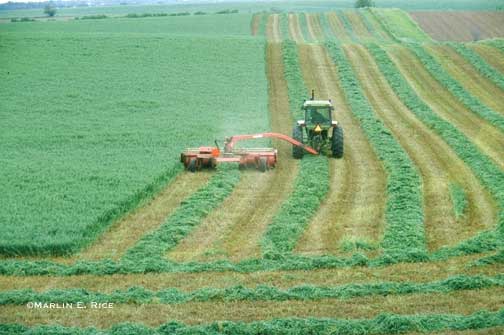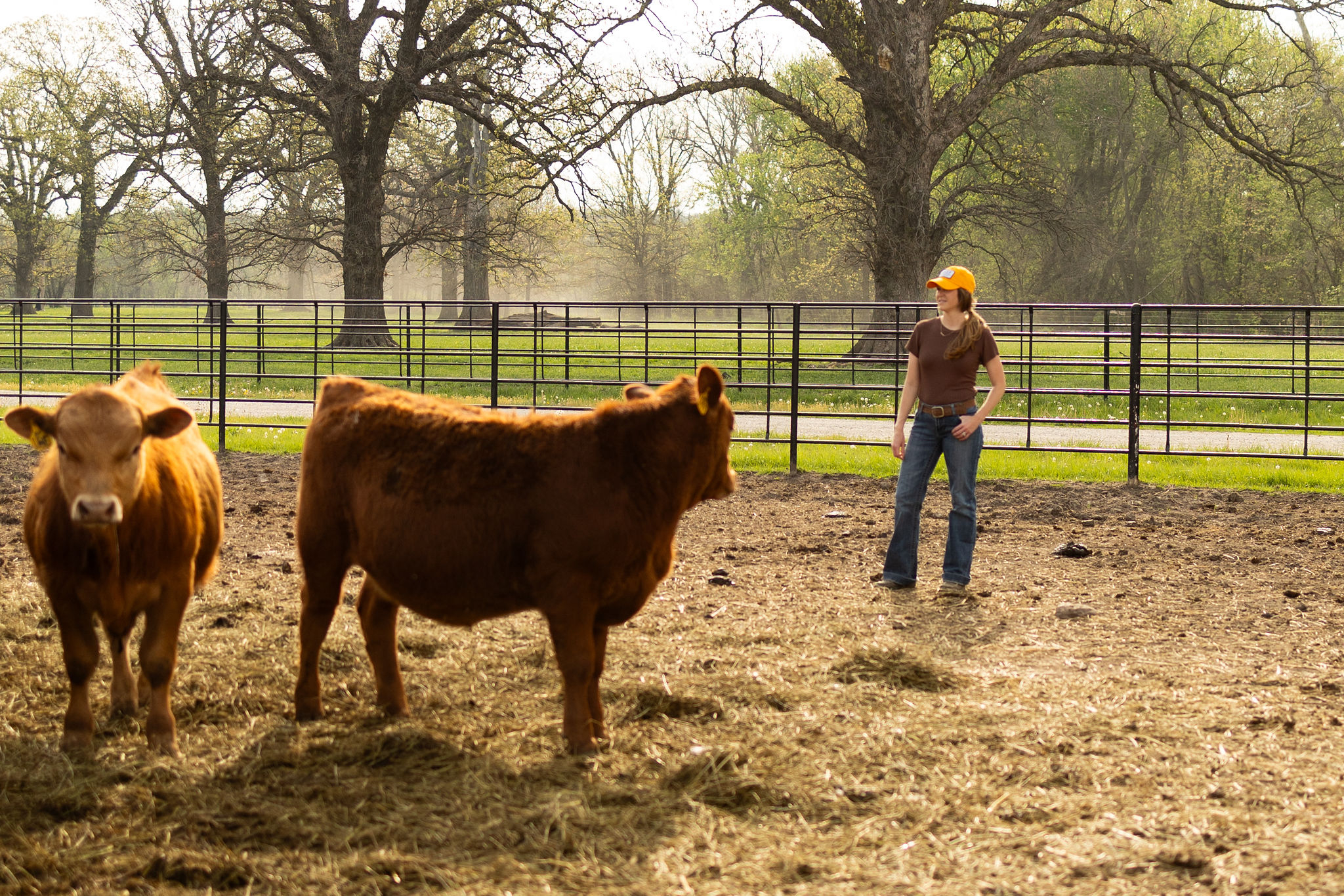Here are the facts:
The current world population is 6.8 billion. By 2050, the population will have skyrocketed to 9 billion. Over the past 50 years, farmers and ranchers have been able to meet the ever growing demand for food by utilizing new technology. Technology will feed the world, if we let it.
Enter GMO’s – I have already touched on GMO’s in my Frankenfish post. But GMO’s are also used in crop production. Most recently, they’ve been approved for unrestricted use in the form of alfalfa. Alfalfa is primarily used to feed cattle and proponents of the new strain say that crop yields are increased which in turn decreases prices handed down to producers. Another positive aspect of the GMO alfalfa is its resistance to Roundup, thereby enabling Roundup to be used to fight weeds in alfalfa fields. This is obviously a great development- more yields, herbicide resistance and lower prices. That all equates to feeding more people economically and efficiently. Eveyone’s happy right?
Not necessarily – organic producers are in outcry because they’re afraid that the unrestricted use of GMO alfalfa will allow inadvertent pollinatination of their organic crops thereby rendering their crop conventional and causing them to lose their premium for the niche market.
Agriculture Secretary, Tom Vilsack, claimed that the USDA has not politicized the issue and is simply trying to allow both markets, modern and organic, to coexist peacefully. Vilsack also stated that soon to come on the GMO table are sugar beets and corn amylase, which is made to produce ethanol fuel.
Be that as it may, U.S. consumers need to think hard about their priorities — do you want safe food produced on a small scale that will be more expensive? Or would you rather have safe food that is efficiently produced with the most modern technology that is also cheaper? Think about it.
Until next time,
~ Buzzard ~
Click here to read more about GMO alfalfa




